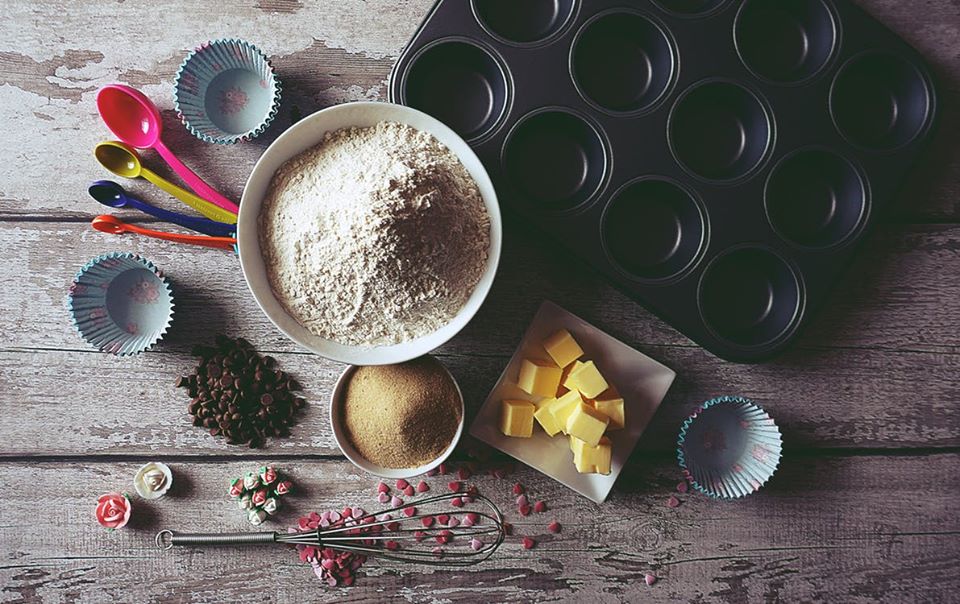You don’t have to give up sweets just because you’re not eating sugar. If you’re following a sugar-free diet plan or have a condition like diabetes, stevia is a healthy substitute for sugar when you’re baking.
Stevia is an all-natural sweetener and with no calories or carbs, it adds a sweet flavor to baked goods without any of the negative effects of refined sugar. Since it’s naturally much sweeter, a little stevia goes a long way when baking.
Baking with stevia has a learning curve. Since it’s about 30 times sweeter than regular table sugar, it only takes a few drops or packets of stevia to replace the white sugar usually needed in traditional recipes.
Sugar to Stevia Conversions
One packet of stevia is equivalent to about two teaspoons of sugar. Twenty-four packets equal one cup of sugar. If you’re using pure powdered stevia, the stevia-to-sugar ratio is even lower. A half teaspoon of powdered stevia equals ¾ cup of sugar. About 15 drops of liquid stevia is the same as one tablespoon. Experiment with the amount of stevia you use to adjust the sweetness of your baked goods to your tastes. Using a sugar-to-stevia conversion chart or recipes specifically formulated using stevia will make baking with stevia easier, ensuring your baked goods come out perfect every time.
Temperature Matters
Stevia breaks down in temperatures above 400 degrees so it’s important to use recipes with a lower oven setting. Baking with stevia at a higher setting would ruin the final product. The good news is that stevia is stable at temperatures of up to 392 degrees, making it an ideal sugar substitute for many recipes unlike other artificial sweeteners.
Add Bulk
Because you’ll be using a lot less stevia than you would sugar, adding other ingredients to increase the bulk of your baked goods is necessary. You will need about 1/3 cup of liquid for every one cup of sugar replaced by stevia. Yogurt, apple sauce, fruit juice, pumpkin, egg whites and apple butter are good options to replace the lost volume the white sugar would have occupied. It’s important not to skip this step so that your baked goods won’t fall flat and will have the desired texture.
Keep An Eye on the Baking Process
Stevia doesn’t caramelize like sugar, and, therefore, won’t brown like sugar does. This can make it difficult to know for sure when your baked goods are done and ready to eat. Use a toothpick to check for doneness. Just insert the toothpick into the middle of the cake or one of the cookies you’re baking; if it comes out wet, it still needs to bake a little longer.
Visit our website for more baking tips and delicious recipes using stevia.




